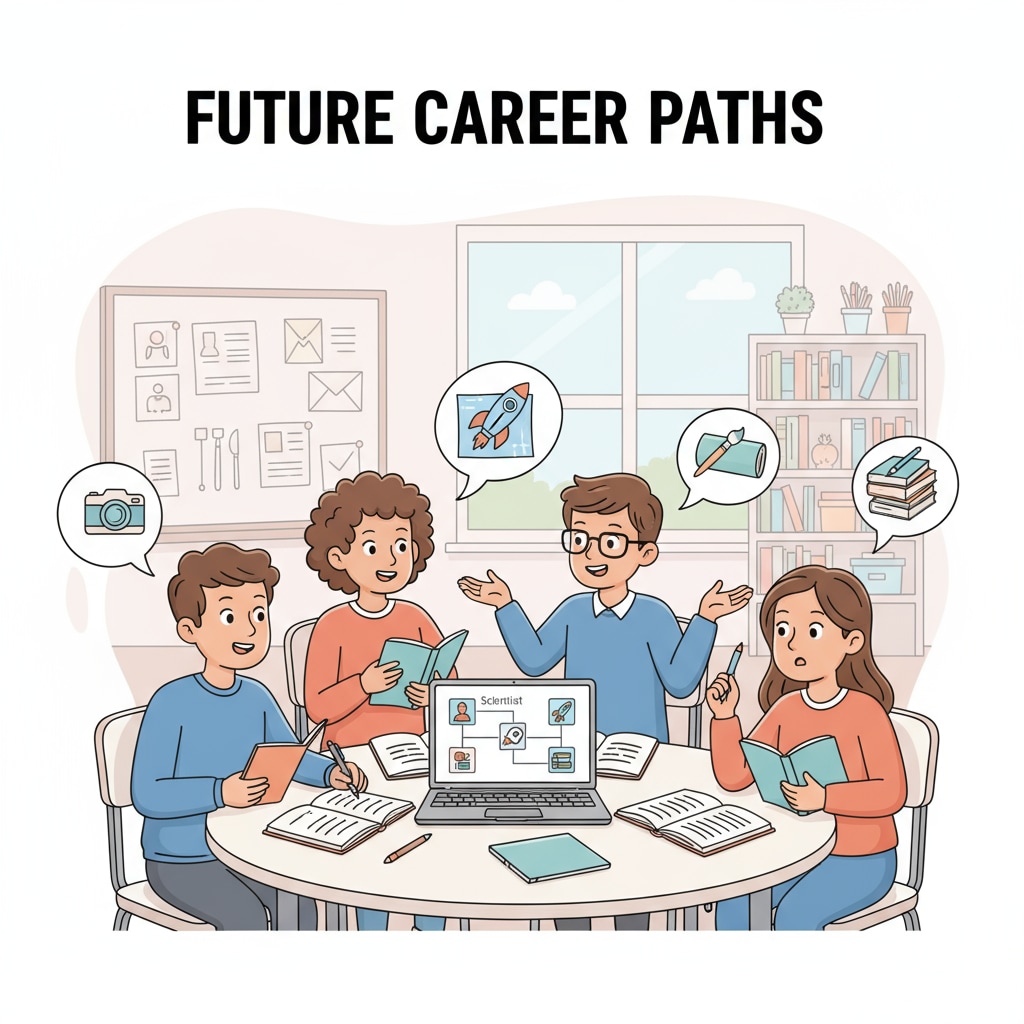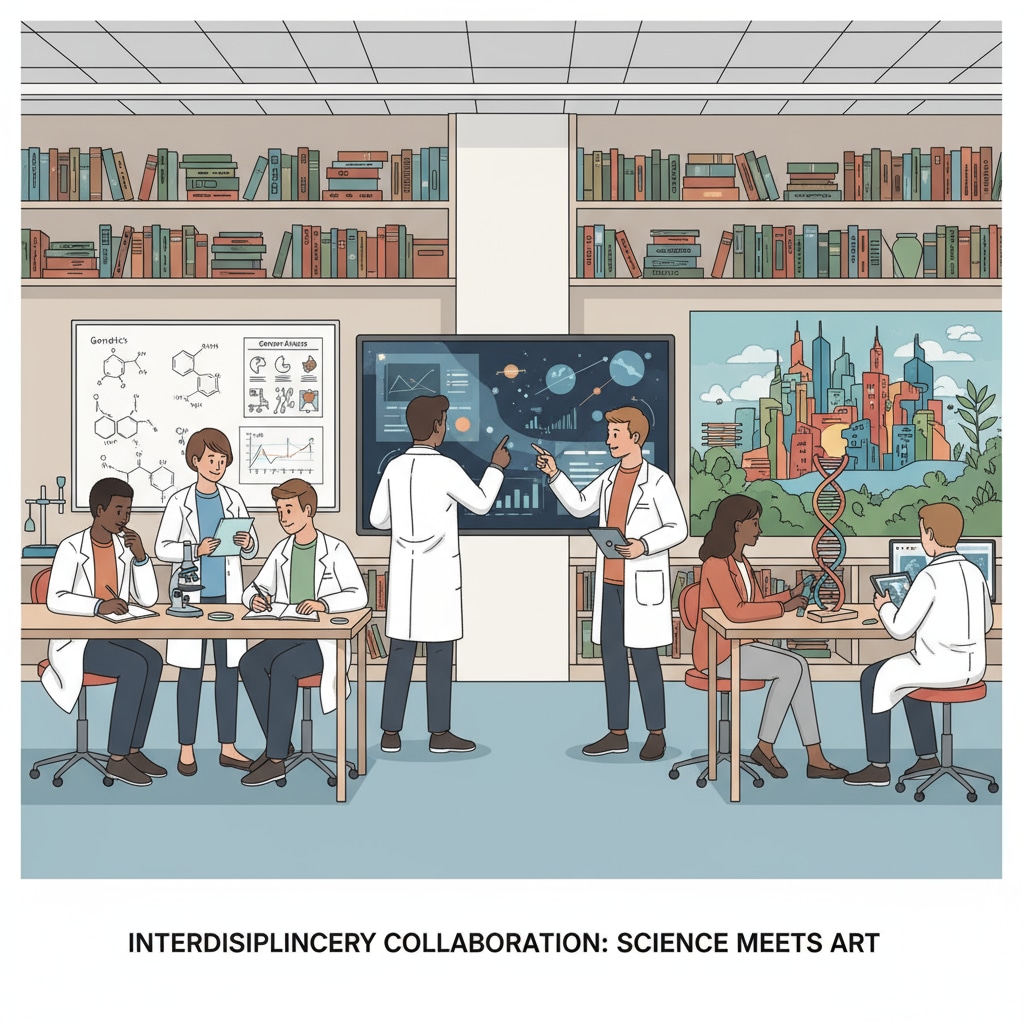Degree Transitions, Professional Interests, and Career Planning are crucial aspects for students, especially as they approach graduation. The idea of switching majors can be both daunting and full of potential. In the context of K12 education, understanding how to prepare students for such transitions is of great significance.

The Current State of K12 Education and Its Shortcomings
Currently, the K12 education system often focuses primarily on academic achievement in core subjects like math, science, language arts, and social studies. While this foundation is essential, it may not adequately equip students with the skills needed for degree transitions. For example, students may lack exposure to a wide range of disciplines, which limits their ability to discover their true professional interests. According to Education Week, many students enter college with a narrow view of potential career paths due to the limited interdisciplinary learning in K12. As a result, when they consider a degree transition, they may struggle to understand the requirements and implications.
Cultivating Interdisciplinary Thinking
Interdisciplinary thinking is a key factor in helping students adapt to degree transitions. K12 schools can introduce more cross-curricular projects. For instance, a project that combines art and science, where students create scientific models using artistic techniques. This not only broadens their knowledge base but also shows them how different fields can intersect.

By doing so, students are more likely to identify areas of interest that span multiple disciplines, which can be beneficial when considering a change in their major. As stated on the National Education Association website, interdisciplinary learning promotes creativity and problem-solving skills, both of which are valuable in career transitions.
Moreover, schools can offer elective courses that cover diverse fields such as robotics, environmental studies, and digital media. These courses expose students to different career possibilities and help them develop a more comprehensive understanding of various industries.
Enhancing Self-Cognition
Self-cognition is another vital aspect. K12 education should incorporate more self-assessment tools. For example, personality tests and interest inventories can help students understand their strengths, weaknesses, interests, and values. This awareness is crucial when making decisions about degree transitions. If a student realizes they have a strong interest in communication but have been studying a technical field, they may consider a switch to a related major like media studies. By understanding themselves better, students can make more informed choices about their future careers.
Furthermore, schools can organize career exploration activities, such as field trips to different workplaces and guest lectures by professionals from various industries. These experiences allow students to see real-world applications of different fields and help them align their professional interests with potential career paths.
Fostering a Lifelong Learning Attitude
A lifelong learning attitude is essential for students to adapt to degree transitions and changing career landscapes. K12 educators should encourage students to view learning as a continuous process. This can be achieved by promoting independent learning projects, where students research and explore topics on their own. For example, students can be tasked with researching a new technology trend and presenting their findings. This not only improves their research and presentation skills but also instills in them the habit of continuous learning.
In addition, teachers can model lifelong learning by sharing their own experiences of learning new skills and knowledge. When students see that learning is a never-ending journey for their educators, they are more likely to adopt the same mindset. This attitude will serve them well when they face the challenges of degree transitions and future career changes.
Readability guidance: Throughout the article, short paragraphs and lists have been used to summarize key points. Each H2 section provides a clear focus, and a list of related ideas or actions is included when possible. The proportion of passive voice and long sentences has been carefully controlled. Transition words like “for example”, “moreover”, “furthermore”, and “in addition” have been scattered throughout to enhance the flow of the article.


